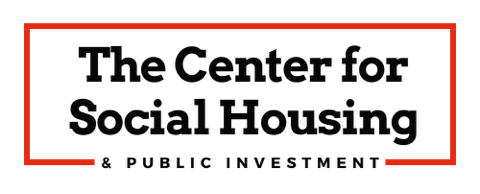The Upside-Down World of DC Housing Policy — With Apologies to Eduardo Galeano
“The market is a wonderful servant but it is a terrible master.” ~ Rafael Correa
Welcome to the world of housing policy in the District of Columbia — an upside-down world where greed is rewarded, political corruption is expected, and elected leaders serve investors instead of residents. Here, profit and speculation aren’t seen as the cause of the housing crisis — they are sold as the cure.
We are told that demolition and displacement “revitalize communities.” The message is clear: people with low incomes are disposable, and wealth determines civic worth. Revitalization doesn’t mean good homes, strong schools, jobs, healthy food, or healthcare. It means tearing down what’s stable and affordable and replacing it with what is fragile and temporary — a landscape engineered to fail and be rebuilt again for profit.
“Luxury housing” gleams, but its bones are sticks and plywood — structures built to decay so speculators can cash in twice.
Somehow, there is never enough public money to house the poor — but endless subsidies for private developers. A technocratic triumvirate of “policy experts”, ambitious politicians, and profit-driven speculators promise solutions that always look the same: socialize the construction of luxury buildings, privatize their profits.
They tell us affordable housing is impossible — but insist the market will save us if we simply sacrifice more public land, more tenant protections, more tax dollars. Their gospel demands faith. Questioning is heresy.
This is the neoliberal sermon preached since the 1980s: deregulate, subsidize capital, let the market rule. It produced record inequality and a global financial collapse, but the preachers keep preaching — now dressed up as “abundance” or “innovation.” Whatever the branding, the message is unchanged: profit first, people last.
But the market is not a god — it is a handful of large developers backed by global capital seeking maximum return. That pursuit doesn’t build homes for the people who need them — it inflates land values, drives up rents, and deepens the crisis.
Societies are judged by what they build and what they preserve. What will this era leave behind? Ephemeral towers of sheetrock and greed. A culture that confuses consumption with community. Isolation masked as prosperity.
This upside-down world is not inevitable. It is a choice — a political choice. And together, we can make a different one. It is time to turn housing policy right-side up.
